
Image
A recommended systematic checklist for reviewing musculoskeletal exams is: soft tissue areas, cortical margins, trabecular patterns,bony alignment, joint congruency, and review areas. Review the entire radiograph,regardless of perceived difficulty.
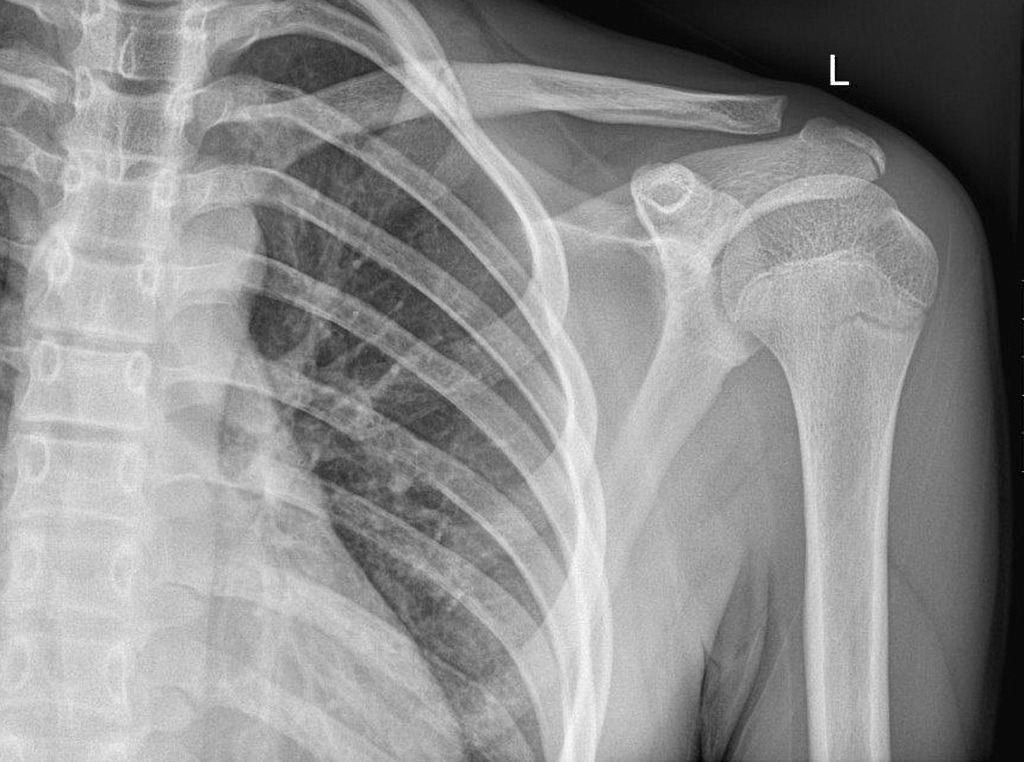
Normal Shoulder X Ray Xschouder Startpuntradiologie.nl Arm is
Normal and Variant Anatomy by James Clark Normal Radiographs by Osamah A. A. Alwalid; Nicole's shoulder and pelvis II playlist by Denise Foulkes; MSK by Johann Jende; MSK by Naveed Ahmad; Normal radiographs by Leonardo Lustosa Normal, Anomalies & Dysplasias by Varsha Kumar; Membre supérieur by Laurence; rad club april 27 by Anser Abbas
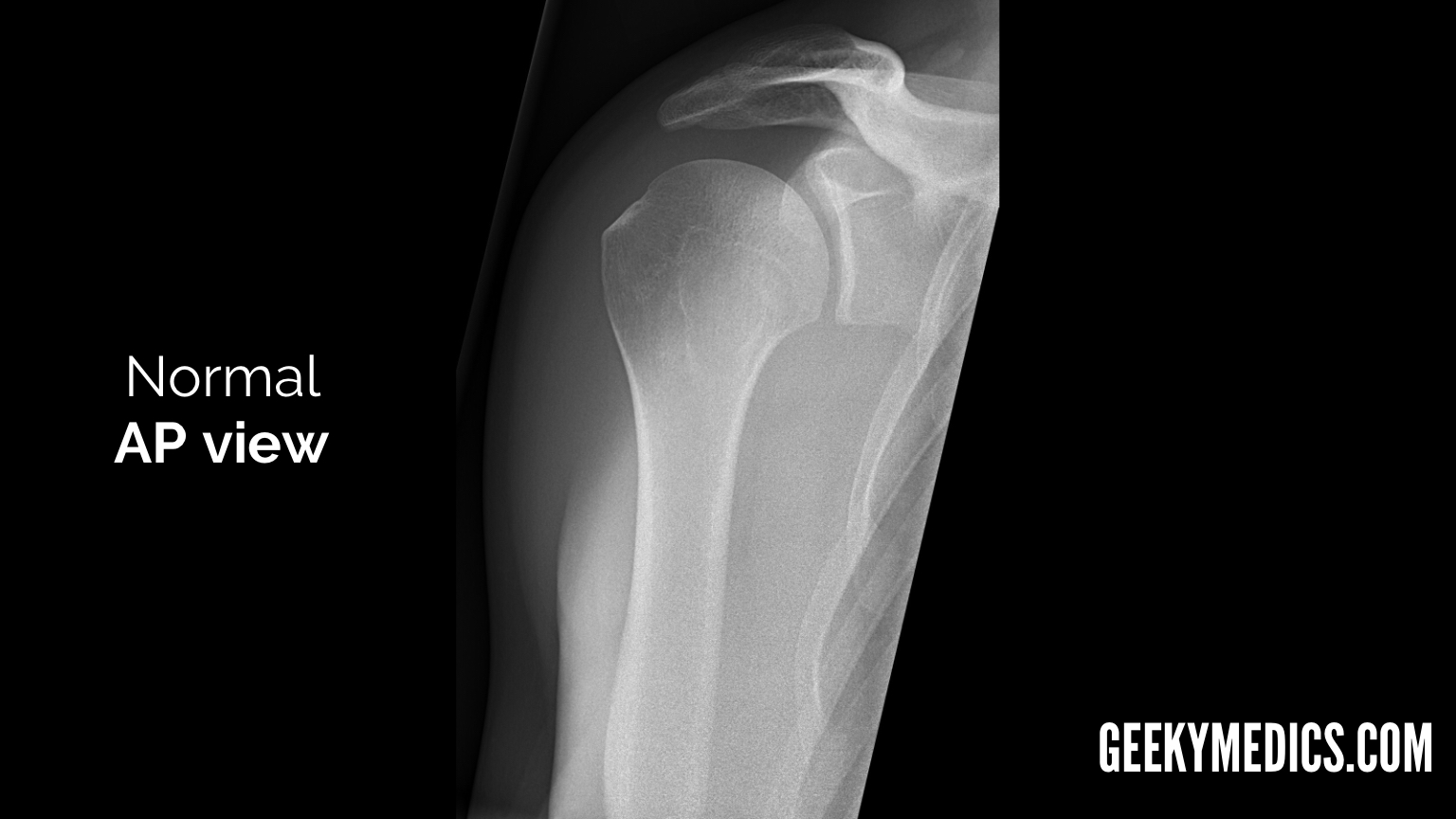
Shoulder Xray Interpretation Radiology Geeky Medics
A shoulder X-ray is a non-invasive imaging technique that utilizes a small dose of ionizing radiation to create detailed images of the shoulder joint. This diagnostic tool is crucial for diagnosing a wide range of shoulder conditions, such as fractures, dislocations, arthritis, and more.

Right shoulder internal rotation and external rotation radiographs
Normal shoulder joint. The 'shoulder' joint is more accurately termed the glenohumeral joint. In the context of trauma there are 2 standard views used to assess this joint. These are the - Anterior-Posterior (AP) view, and the lateral or 'Y-view'. If the patient can tolerate holding the arm in abduction, an 'axial' view is an alternative to the.

in Shoulder Radiology Musculoskeletal Key
This projection is a true anterior-posterior (AP) view of the shoulder. The Grashey view involves angling the beam laterally or rotating the patient posteriorly(2). These adjustments remove the view of the overlap between the humerus and the glenoid. The removal allows better evaluation of joint congruity, humeral head subluxation, and the.

Image
An approach to the traumatic adult shoulder x-ray The American College of Radiology recommends at least 3 views for acute traumatic shoulder pain [5]: AP in internal rotation for visualization of the lesser tuberosity AP in external rotation for visualization of the greater tuberosity Scapula Y or axillary view in place of true lateral.
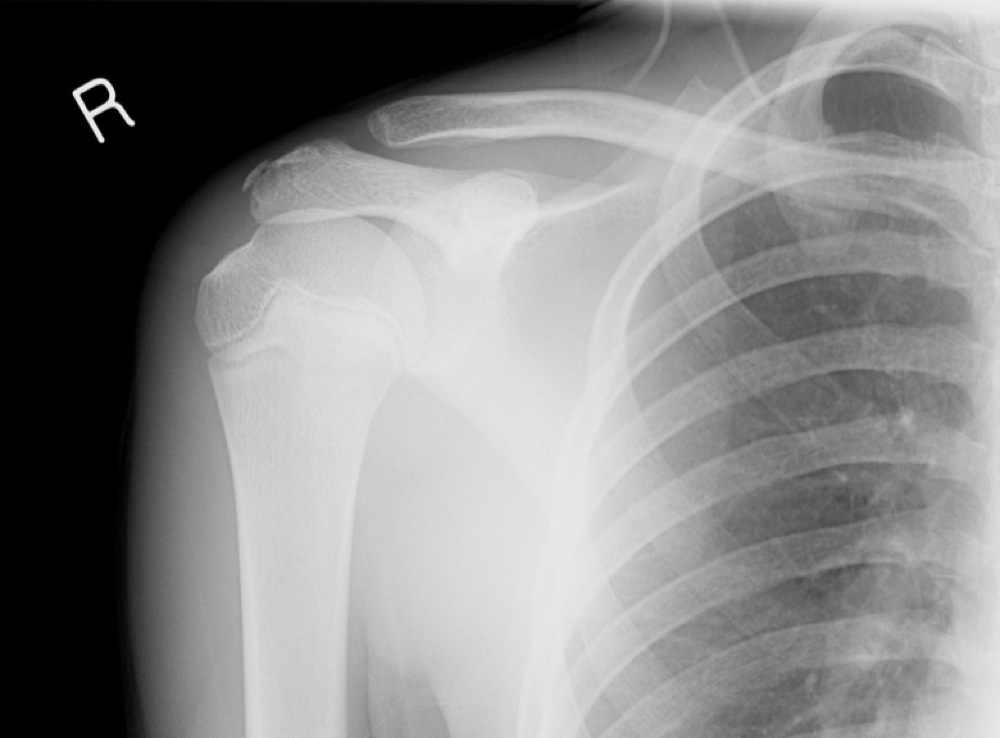
anatomy of a normal bone
A video tutorial in interpreting radiographs of the shoulder joint and surrounding areas. This is the second video in a series of five by TeachMeAnatomy -- h.
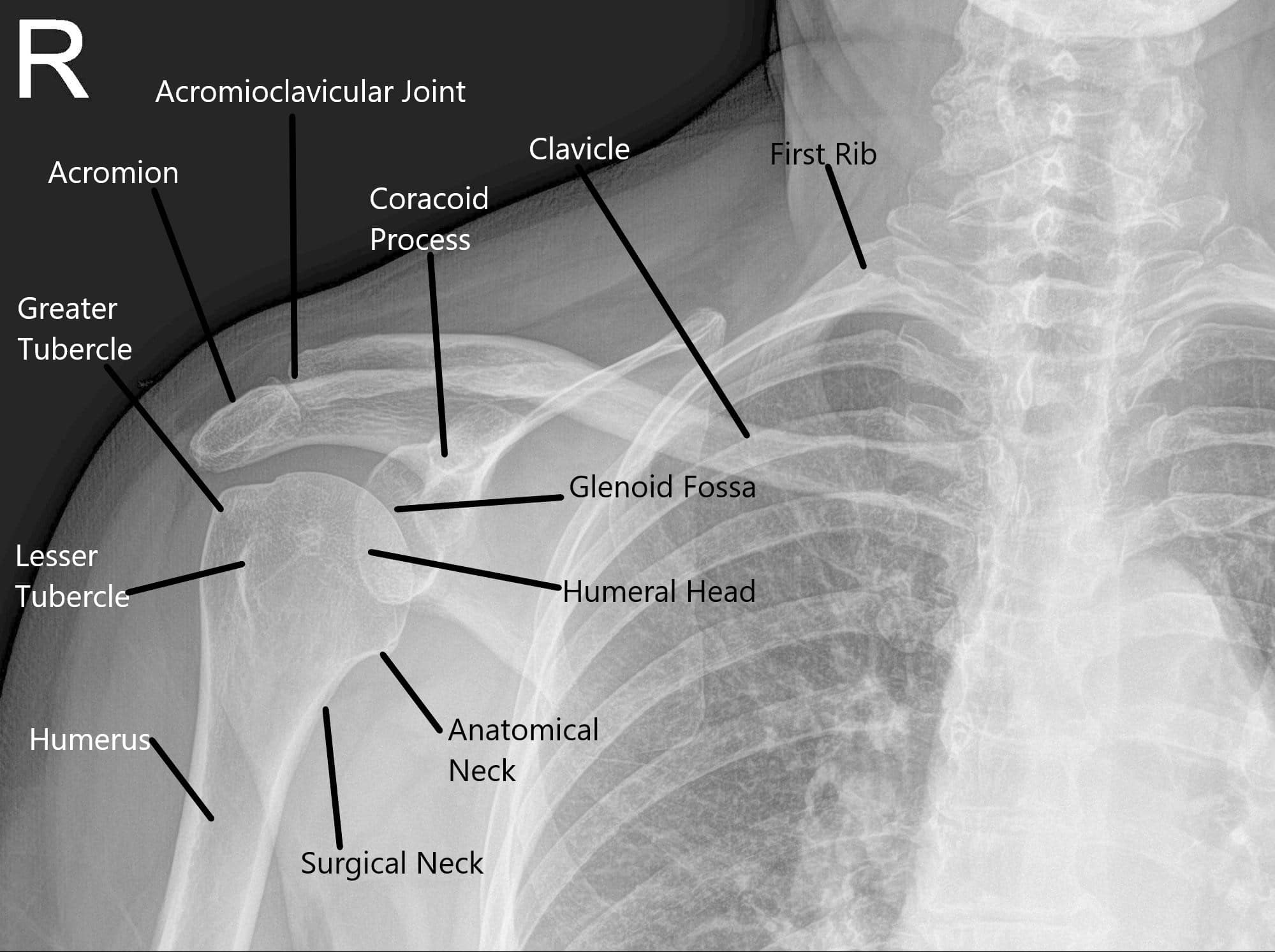
Case Study Joint Arthritis Management in 60 yr. Old Male
The shoulder series is fundamentally composed of two orthogonal views of the glenohumeral joint including the entire scapula. The extension of the shoulder series depends on the radiography department protocols and the clinical indications for imaging. Indications Shoulder radiographs are performed for a variety of indications including:

Shoulder & Knee Doc
Age: 60 years Gender: Female x-ray Frontal Axillary The glenohumeral joint is congruent. Normal alignment of the AC joint. No displaced fracture. No rotator cuff calcification. Case Discussion

437.1 shoulder NorMal1 Normal shoulder Xray series Flickr
Computed tomography — Computed tomography (CT) of the shoulder is usually reserved for evaluation of fracture/fracture-dislocation or for a prosthetic joint. CT can demonstrate fracture complexity, displacement, and angulation. The ability to visualize images in the axial, sagittal, and coronal planes and in three-dimensional format can help.

Normal Shoulder X Ray Normal Shoulder Girdle Orthopedic Chest Stock
Typical shoulder X-ray views include: Antero-posterior (AP) view Lateral/scapula Y view (named due to the "Y" shape of the scapula in this view) An axial view can also be used as an alternative to the scapula Y view if the patient is unable to tolerate the positioning required to obtain this view. Figure 1. A normal AP view 1 Figure 1.1.

Shoulder Xray Anatomy
An X-ray of the shoulder is a frequently conducted examination and is mainly used for diagnosing a fracture. Some of the key topics are proximal humeral fracture, shoulder dislocation, Bankart lesion and osteoarthritis. KEY TOPICS/TERMS: Proximal humeral fracture Shoulder dislocation Hill-Sachs lesion Bankart lesion Osteoarthritis
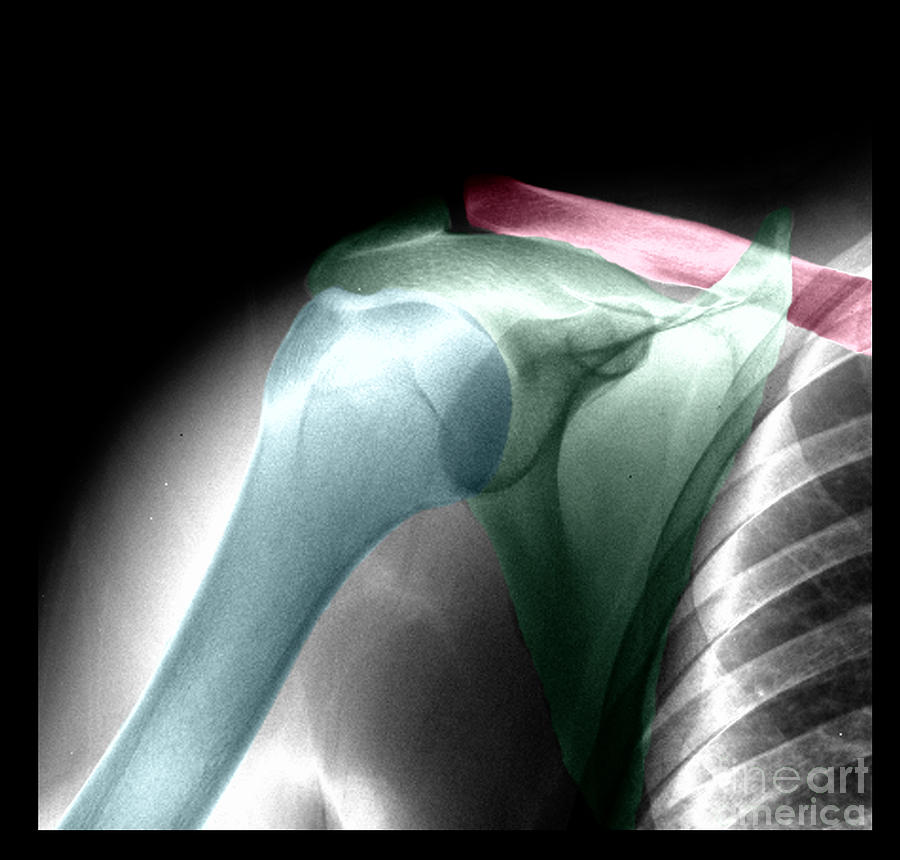
Normal Shoulder, Xray Photograph by Living Art Enterprises
MRI is best for evaluating soft tissue structures and evaluating bone contusions or trabelcular microfractures. the stronger the magnet, the higher the intrinsic signal-to-noise ratio (e.g. a 3 Tesla MRI machine has 9x the proton energy of a 1.5 Tesla MRI machine) T1-weighted sequence. uses a short repetition time (TR) and short echo time (TE)

AP of the glenohumeral joint Medical anatomy, Radiology schools
RR shoulder by Ahmed Magbari; MSK by Dimitrius N. J. Stamoulis; Shoulder by Dr. Rajesh Gothi; Shoulder X-Ray by Ahmed Mohamed Mohamed Eid Ali; Normal Radiographic Anatomy by Ashley Hook; Normal Anatomy by Matthew McGee; Anatomy by Muhammad Bin Zulfiqar; Anterior shoulder dislocation by Alexey; Anatomy by Merazul Alam; EXAMEN by Jose Ignacio Aragon
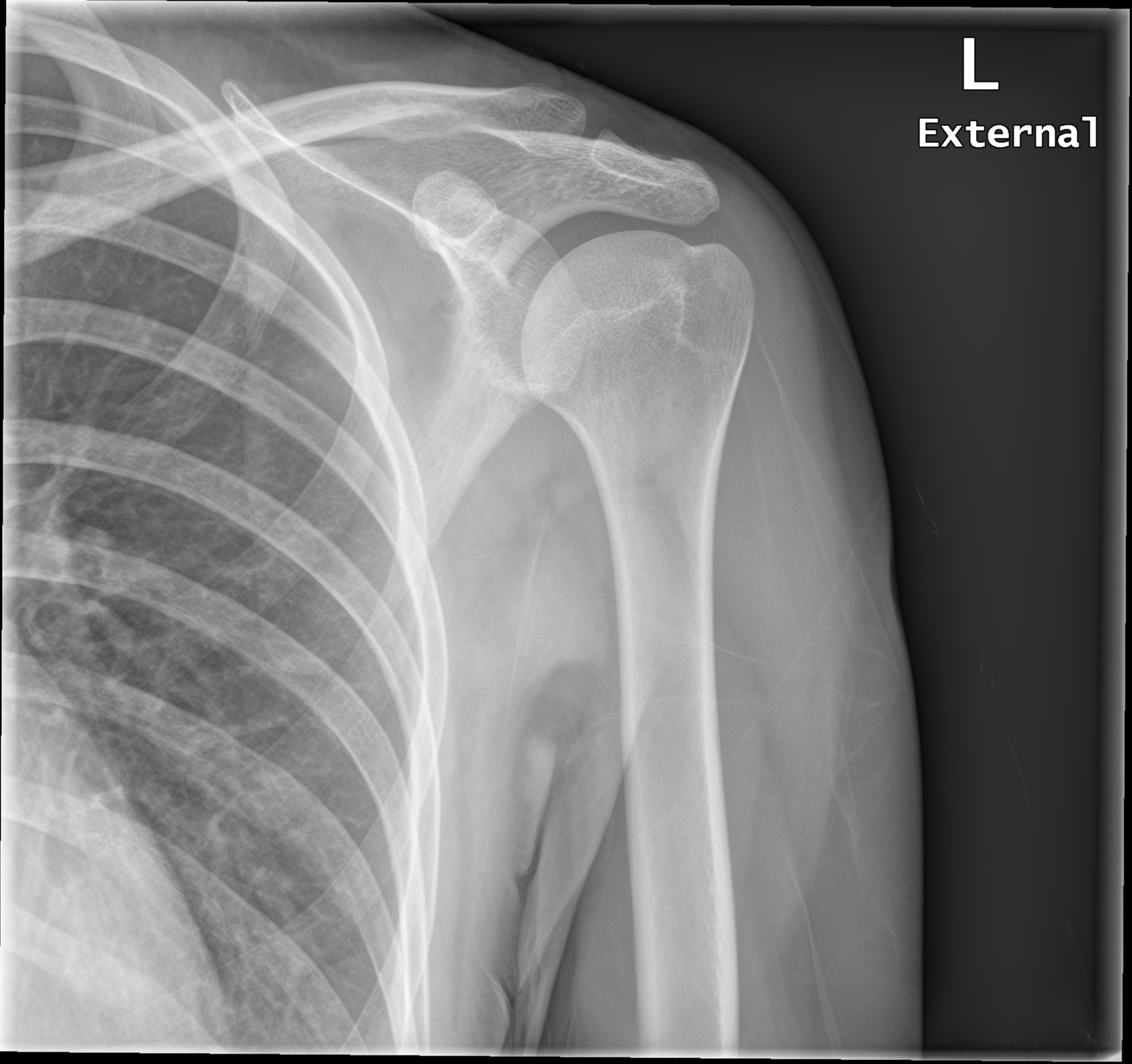
NORMAL SHOULDER 7
A normal shoulder X-ray will show the bones that make up this ball-and-socket joint: Humerus (upper arm bone). Scapula (shoulder blade), which connects to the humerus. Acromion (a piece of bone that projects off the scapula). Clavicle (collarbone), which connects to the acromion.
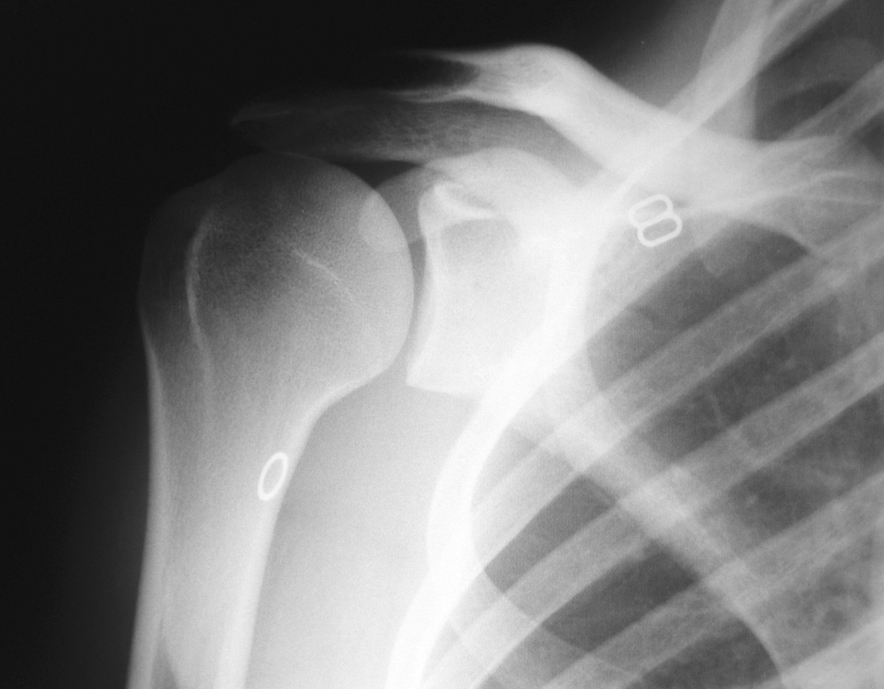
Dislocation / Instability — Dr. R. Edward Glenn, Jr.
Normal shoulder X-ray A normal shoulder x ray will demonstrate the bones of the shoulder to have expected normal appearance without breaks, bone lesions, or abnormal bone structure. The head of the humerus or upper arm will be positioned within the socket of the shoulder.